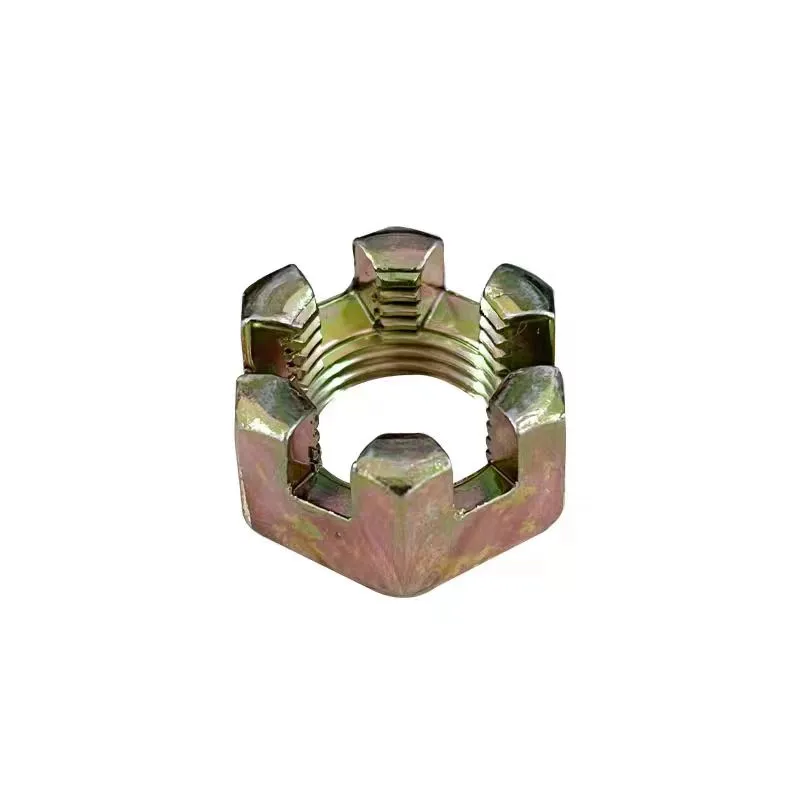

self drilling brick screws
Oct . 31, 2024 04:33 Back to list
self drilling brick screws
Understanding Self-Drilling Brick Screws A Comprehensive Guide
When it comes to construction and renovation, choosing the right fastening solution is pivotal to the durability and integrity of your projects. One such innovation in the field of fastening technologies is the self-drilling brick screw. This article delves into what self-drilling brick screws are, their applications, advantages, and some tips for effective use.
Understanding Self-Drilling Brick Screws A Comprehensive Guide
The primary application of self-drilling brick screws is in securing fixtures to brick walls. Common uses include mounting shelves, outdoor fixtures, railings, and even lightweight structural elements. These screws are particularly advantageous in situations where drilling pilot holes would be cumbersome or where precision is required but difficult to achieve.
self drilling brick screws

One of the most significant advantages of self-drilling brick screws is their efficiency. Installing a conventional screw often requires multiple steps marking the spot, drilling a pilot hole, and then screwing in the fastener. Self-drilling screws eliminate the first two steps, allowing for a straightforward process that can be completed more quickly.
Furthermore, these screws contribute to a more secure hold. Their threading is designed to provide optimal grip in both brick and mortar, reducing the likelihood of loosening over time. This reliability makes them ideal for projects where stability is crucial, such as outdoor installations or in high-traffic areas.
However, while self-drilling brick screws are powerful tools, they do require certain considerations for optimal use. It's vital to choose the right length and diameter based on the materials being fastened and the specific application. Additionally, the use of a drill with variable speed settings can enhance precision and help prevent accidental damage to the material.
In summary, self-drilling brick screws are an essential addition to any toolbox for construction professionals and DIY enthusiasts alike. Their ability to streamline the fastening process, combined with their effective grip and reliability, makes them a preferred choice for a variety of masonry applications. By understanding how to use them effectively, individuals can ensure superior results in their projects, saving time while maintaining quality and strength.
Latest news
-
Hot Dip Galvanized Bolts-About LongZe|High Strength, Corrosion Resistance
NewsJul.30,2025
-
High-Strength Hot Dip Galvanized Bolts - Hebei Longze | Corrosion Resistance, Customization
NewsJul.30,2025
-
Hot Dip Galvanized Bolts-Hebei Longze|Corrosion Resistance&High Strength
NewsJul.30,2025
-
High-Strength Hot-Dip Galvanized Bolts-Hebei Longze|Corrosion Resistance&High Strength
NewsJul.30,2025
-
Hot Dip Galvanized Bolts-Hebei Longze|Corrosion Resistance&High Strength
NewsJul.30,2025
-
Hot Dip Galvanized Bolts - Hebei Longze | Corrosion Resistance, High Strength
NewsJul.30,2025

